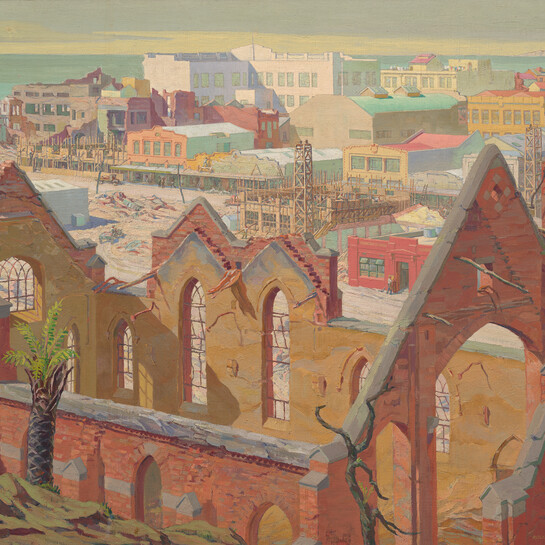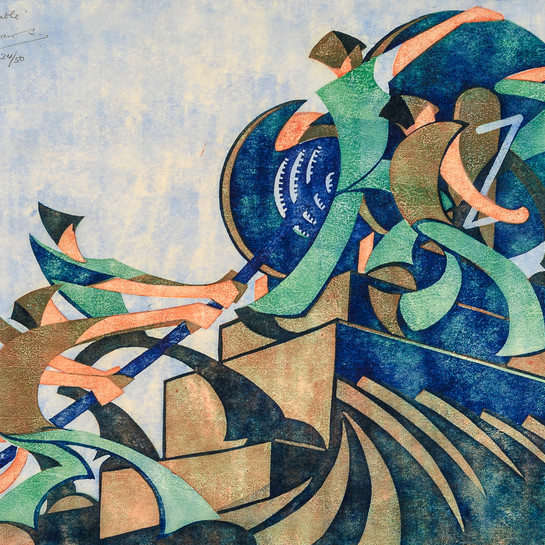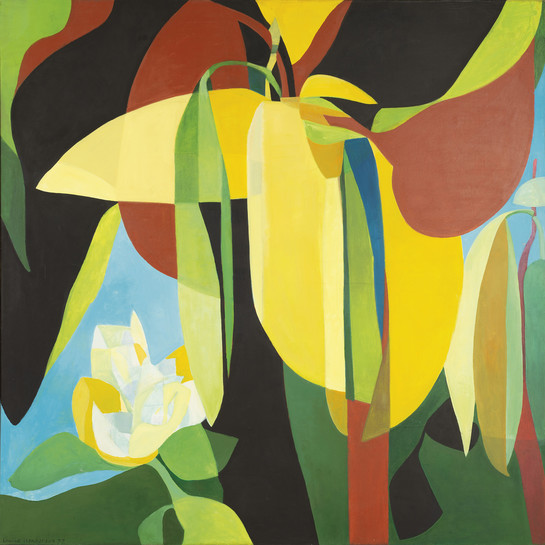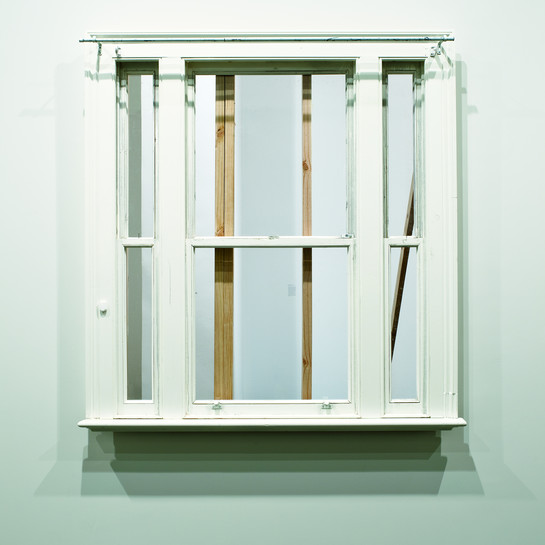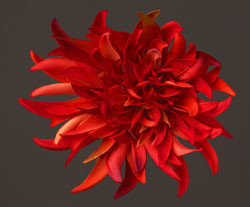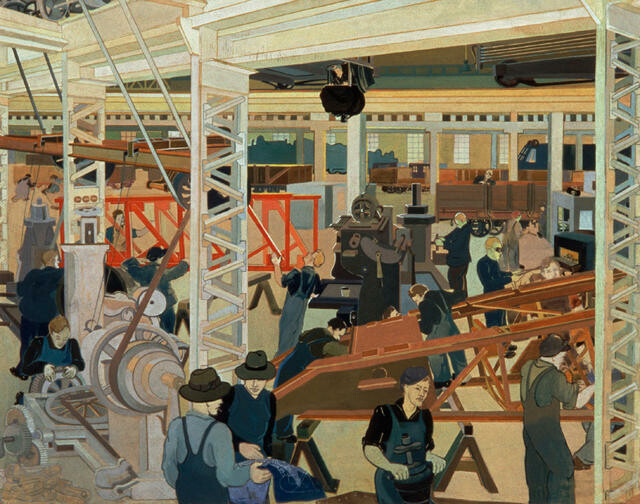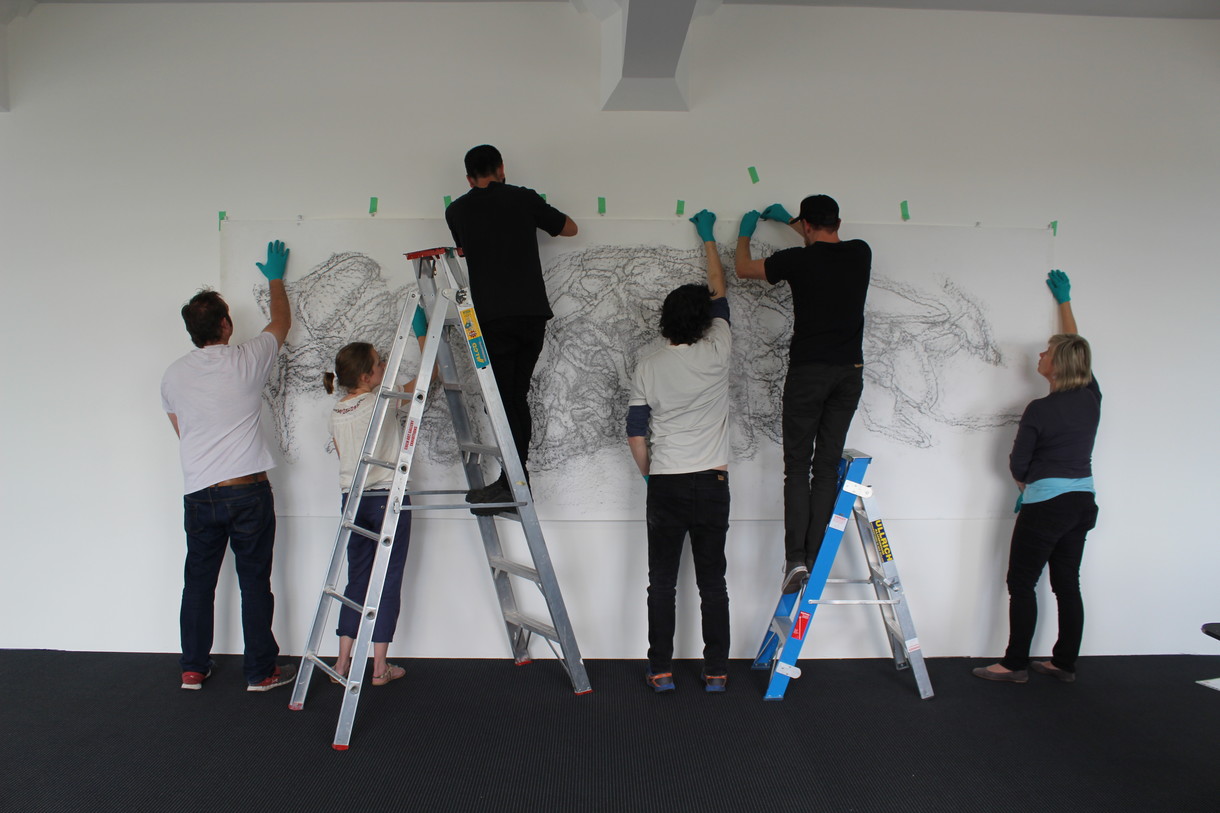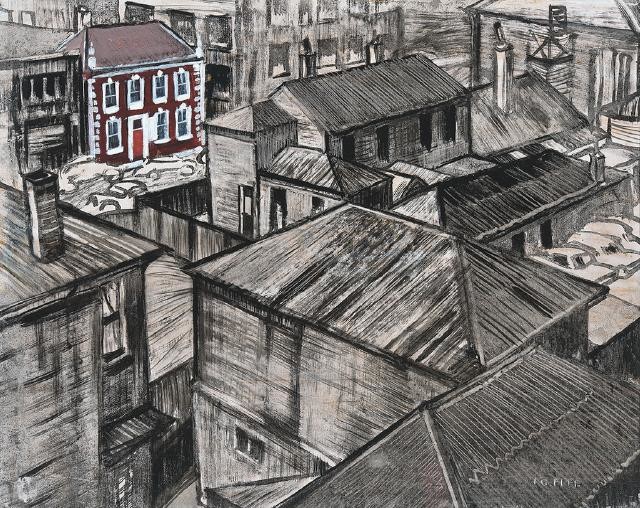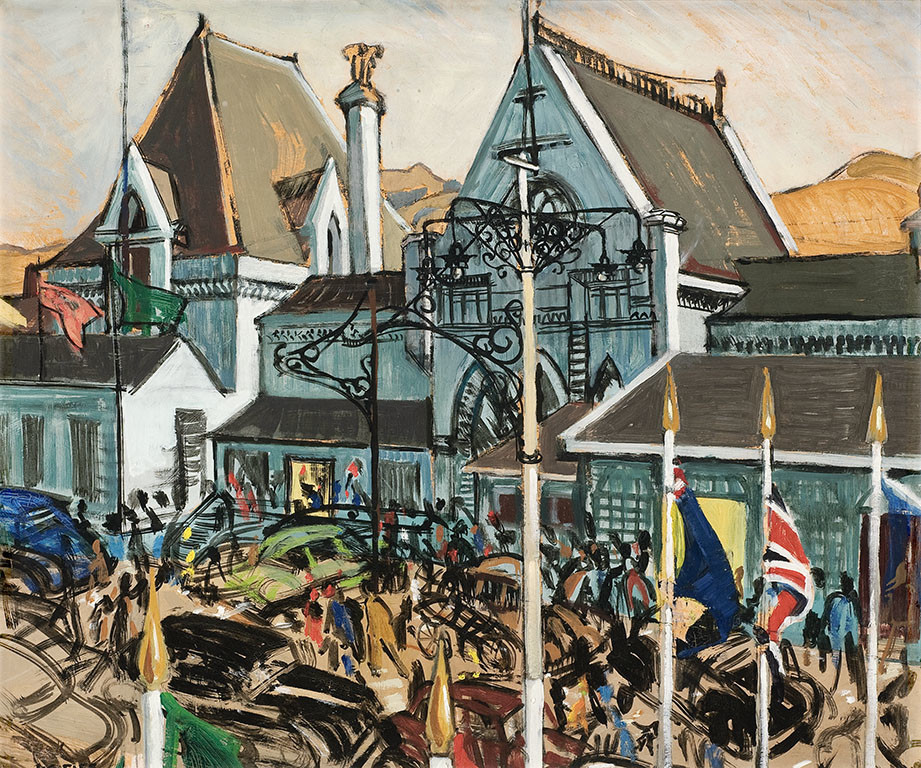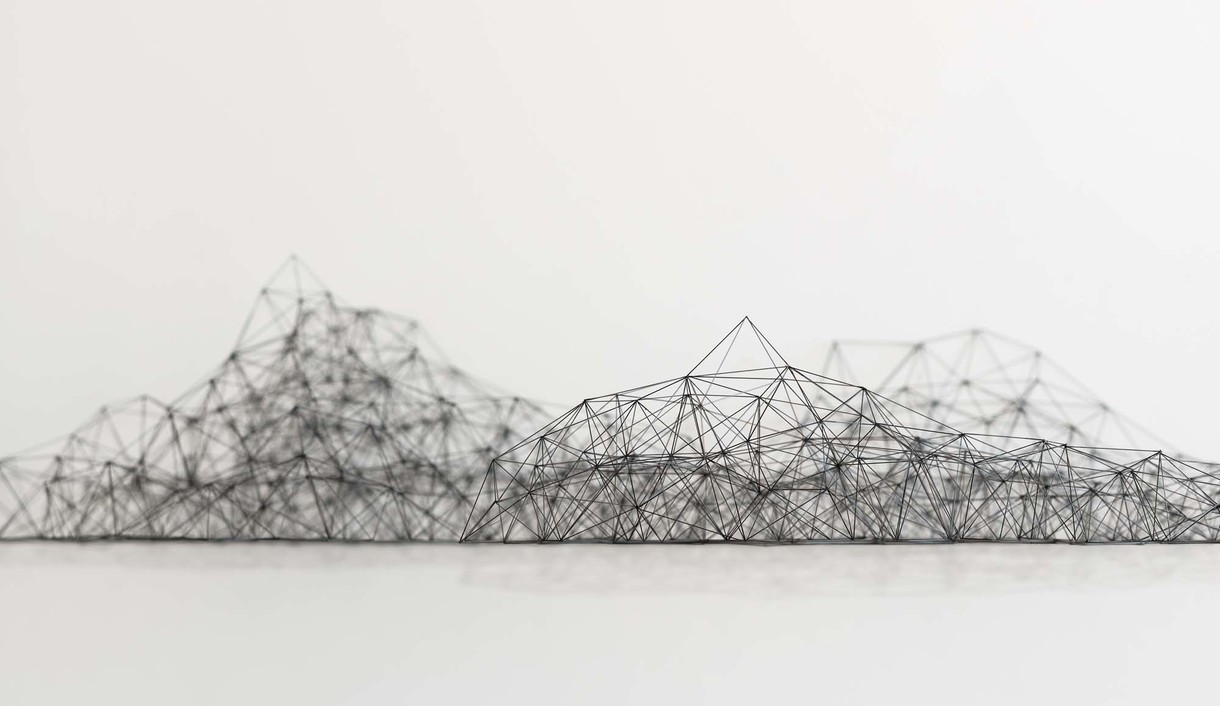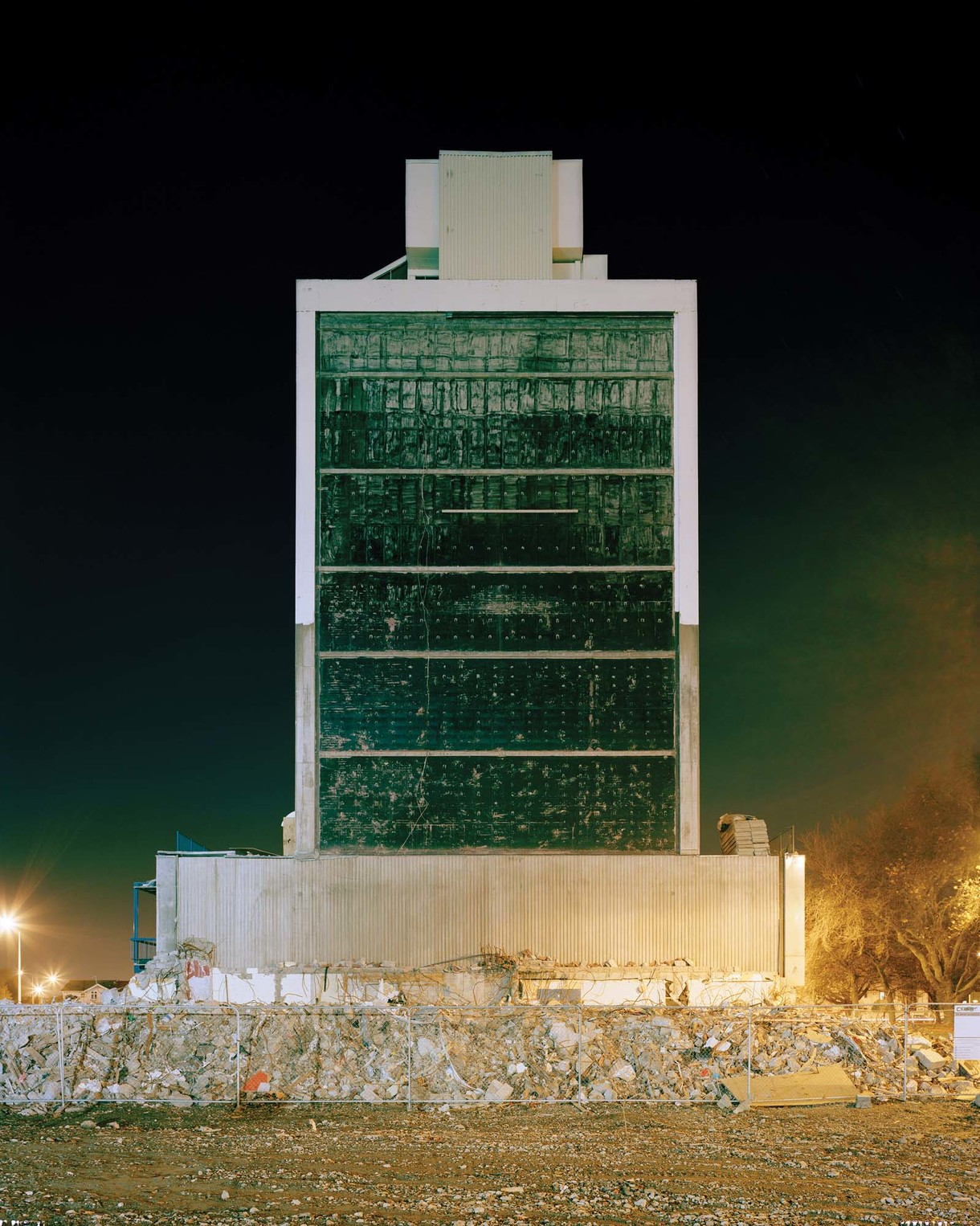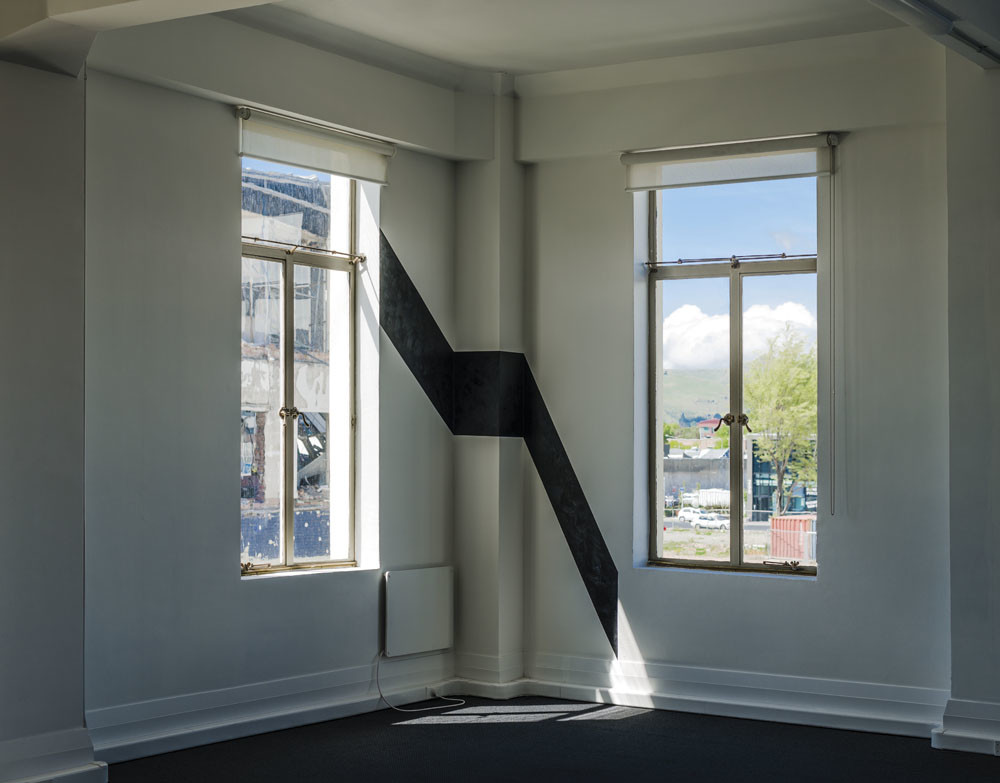Louise Henderson
France / Aotearoa New Zealand, b.1902, d.1994
Addington Workshops
- c. 1940
- Oil on board
- Dame Louise Henderson collection, presented by the McKegg Family, 1999
- 957 x 1176mm
- 99/67
- View on google maps
Tags: belts (tool components), blueprints (reprographic copies), carts, cigarettes, cups (drinking vessels), diagrams, engines (power producing equipment), gantries (construction equipment), goggles, hats, lunchboxes, machinery, men (male humans), overalls (main garments), people (agents), pulleys, railroads (infrastructure), supervisors, trestles (furniture components), wheels (components), workers
Louise Henderson was a Paris-born interior and embroidery designer who moved to Ōtautahi Christchurch in 1925. In her earliest paintings, from 1933 on, she was regularly drawn to urban and industrial subject matter such as city streets, brickworks and rock quarries. She became a key figure in local art circles, including as part of The Group, and influential in the development of a Canterbury landscape painting style. The Addington Railway Workshops opened in Christchurch in 1879 and closed in 1990, at its height employing over a thousand people. In its depiction of workers assembling locally produced locomotives, Henderson’s fascinating composition reflects something of her left-leaning political interests through the 1930s and 1940s.
(From Here on the Ground, 18 May – 17 November 2024)
Exhibition History
Leaving for Work, 2 October 2021 – 2 October 2022
Louise Etiennette Sidonie Sauze was a Paris-born and trained embroidery designer who moved to Ōtautahi Christchurch in 1925 after marrying New Zealander Hubert Henderson, whom she had met in France. The next year, she started teaching, part time, design and embroidery classes at Canterbury College School of Art. She also began painting and exhibiting her work.Henderson was drawn repeatedly to gritty, industrial subject matter, which in her earliest exhibited works in 1933 included brickworks, rock quarries, city street views and a painting titled Industry. In 1940 she showed a work titled Decorative Study, Addington Workshops at the Canterbury Society of Arts. The painting here however is inscribed on the reverse in the artist’s hand ‘Addington Workshop, Christchurch 43’. The Addington Railway Workshops had opened in Christchurch in 1879 to assemble locomotives imported from England; the first built entirely in New Zealand was completed in 1889. The workshops closed in 1990.
Addington Workshops depicts a locomotive shed in the massive engineering workshops in Addington, Christchurch, where railway carriages and wagons were built for more than a century. This is one of the first paintings in which Henderson’s great skill as a colourist is evident. Its precise geometries and complicated arrangement of figures have something of the grandeur of nineteenth-century history painting. An ode to the dignity of work, the factory floor is clean and bright and the men’s overalls are immaculate. Aotearoa New Zealand has little tradition of social realist art. Addington Workshops stands out among the relatively few paintings concerned with the significance of work for New Zealanders during the Great Depression.
(Louise Henderson: From Life, 27 June – 11 October 2020)
Above Ground, 15 December 2015 - 12 February 2017
Arriving in Christchurch from Paris in 1925, having recently married a New Zealander, the young Louise Henderson (née Sauze) began teaching embroidery design at the Canterbury College School of Art in the following year. Painting was one way in which she began familiarising herself with a new environment. Befriending local artists, she also began to exhibit her work.
This painting proves Henderson’s innate ability with colour and ongoing interest in structural form. Picturing the vast railway carriage construction workshops in the suburb of Addington in Christchurch, this is one of very few New Zealand modernist paintings dealing with urban industry in this period.
(Above ground, 2015)
I See Red, 5 December 2007 - 23 November 2008
Strong and active, red can draw attention to itself more than any other colour. In Louise Henderson’s lively painting, bright red steel framework adds a dynamic focal point to this study of train carriages under construction.
Louise Henderson was born in Paris, where her father was secretary to the famous sculptor Auguste Rodin. She married a New Zealander and arrived in Christchurch in 1925, beginning her career in this country by teaching design and embroidery at the Canterbury College School of Art.
The Addington railway workshops were first established in Christchurch in 1880 and produced steam trains and passenger cars. The workshops were closed in 1990 but in the 1970s had covered 41 acres and employed over 900 staff. The painting’s clear overall lighting and fairly muted colouring show the influence on Louise Henderson of the new British Modernism of the 1930s, which sought to reflect the new industrial age.
Born in Paris, Louise Etiennette Sidonie Sauze was the daughter of Daniel Sauze, secretary to Auguste Rodin (1840 -1917) for a time. Henderson studied embroidery, lace design and drawing at the School of Industrial Arts in Paris. She married Hubert Henderson and came to live in Christchurch in 1925. She taught in Christchurch and Wellington until 1950, then moved to Auckland where she took up painting full-time. In 1952 Henderson studied in Paris under the cubist artist Jean Metzinger (1883 -1956). She later taught at Elam School of Art in Auckland and briefly at Darlinghurst School of Art in Sydney. (2004 label)
